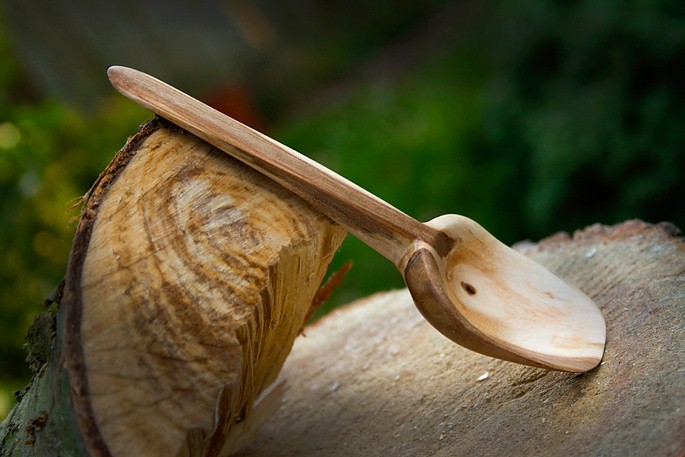The method we used for making this knife is to take a piece of scrap steel, from a leaf spring for instance, cut the rough blade shape with an angle grinder. Then use a belt sander to finish the shape and add the bevels ready for sharpening.
Again the process was fun and harder than it looks but it makes a great blade and James proved himself a patient teacher again. To finish the knife I used two gifts recieved from friends, a lovely piece of cocobolo tropical hardwood which I carved into a handle. The second gift was a sheet of leather, tools and the instructions on how to make a sheath for the knife, another interesting process.
After some research and a days work I had the knife finished and a sheath made for it.






















